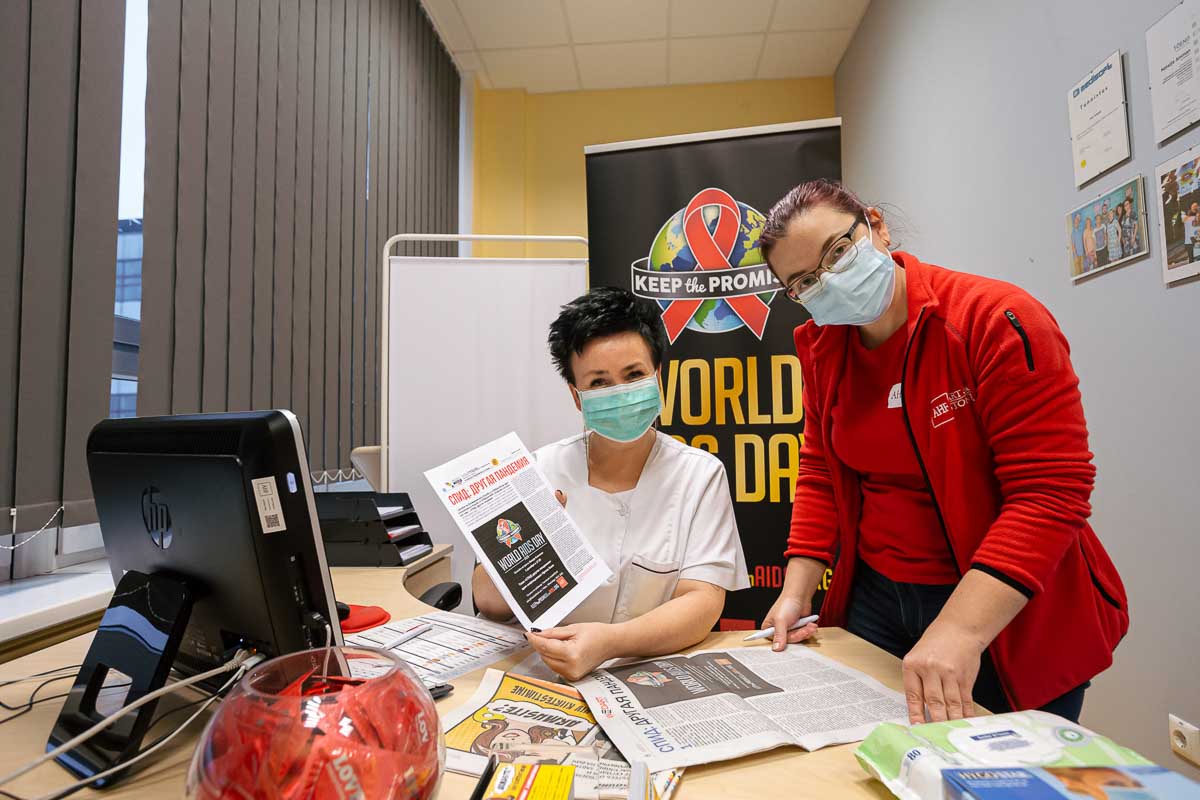What is Linda Clinic?
User-driven Care
About the Linda Kliinik

Linda Clinic is a community-based health care facility for and by people living with HIV (PLHIV) in Narva, Estonia. Linda Clinic provides services to people living with HIV, in a low-threshold, stigma- and judgment-free setting, leading towards the best possible health results for each individual. All services are provided free of charge. Our community-based approach is unique in Europe, and works on the principles of user driven care.
Linda Clinic is a non-profit medical service provider in the field of infectious diseases and operates through Linda HIV Foundation, which was established in 2012 by AIDS Healthcare Foundation (AHF) and Estonian Network of People Living with HIV (EHPV).
User-driven Care

User-driven care has the following characteristics:
- The approach to health is holistic and comprehensive, not just based on medical needs.
- Users are assisted with their care through a case management approach, which involves the identification and management of a user’s problems and coordination of their solution. A coach, coordinator or case manager assists the user to manage their navigation through the services.
- Services are integrated, instead of existing separately. Users are seen as whole persons, not just the medical problems they are having. They are guided from service to service with as little separation and facility-induced inconvenience as possible.
- Power is shared between users and service providers. This contrasts with physician-driven top-down services that focus more on the provision of care. User-driven care requires that users drive their care with healthcare providers supporting them with services.
Users have a key role in the provision of care through:
- Being empowered to think and act in their own interests.
- The provision of feedback and input into the creation and delivery of care.
- The delivery care as peer healthcare providers, sponsors, peer supporters, etc.
- The governance of healthcare facilities through advisory or decision-making bodies, such as committee and boards.